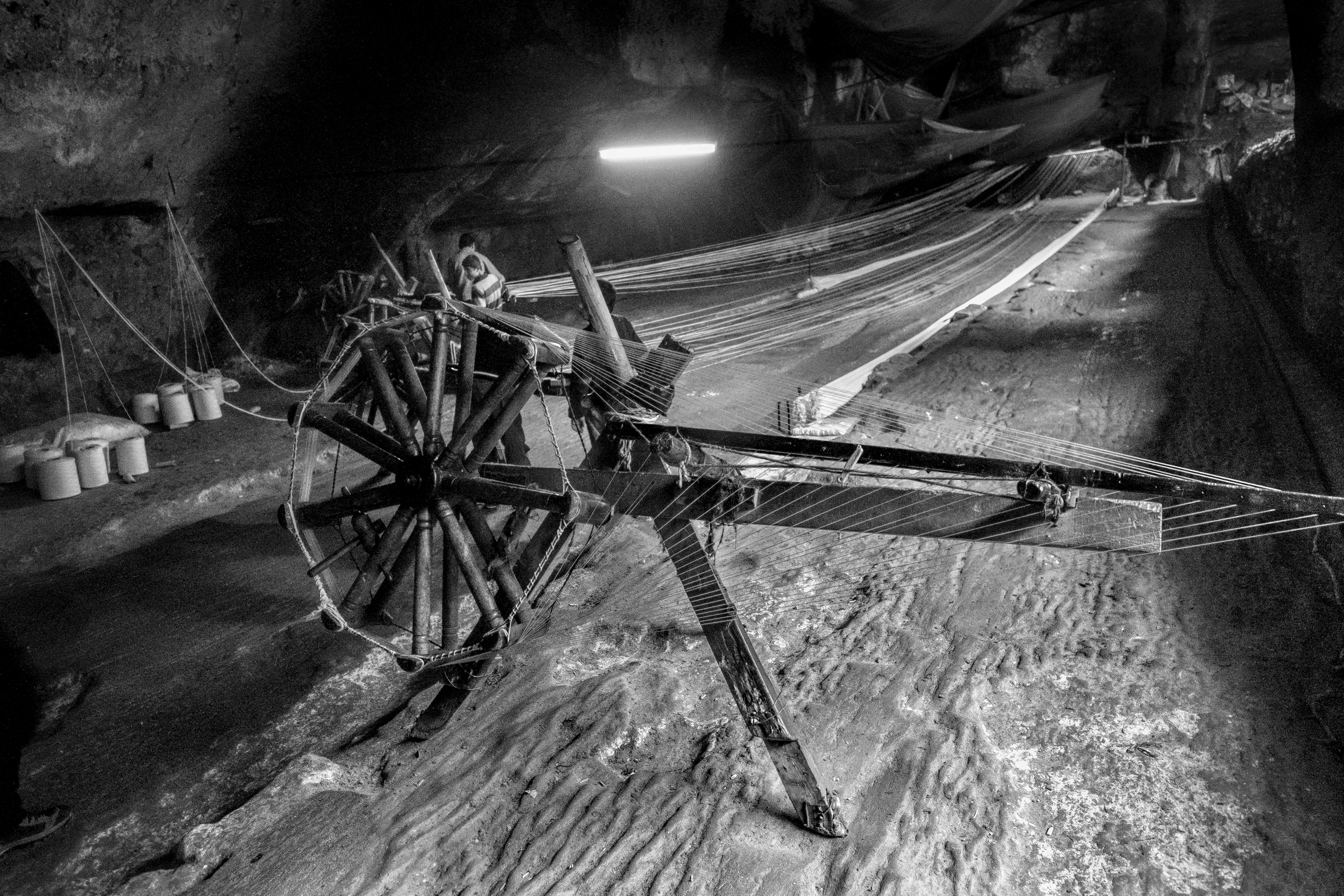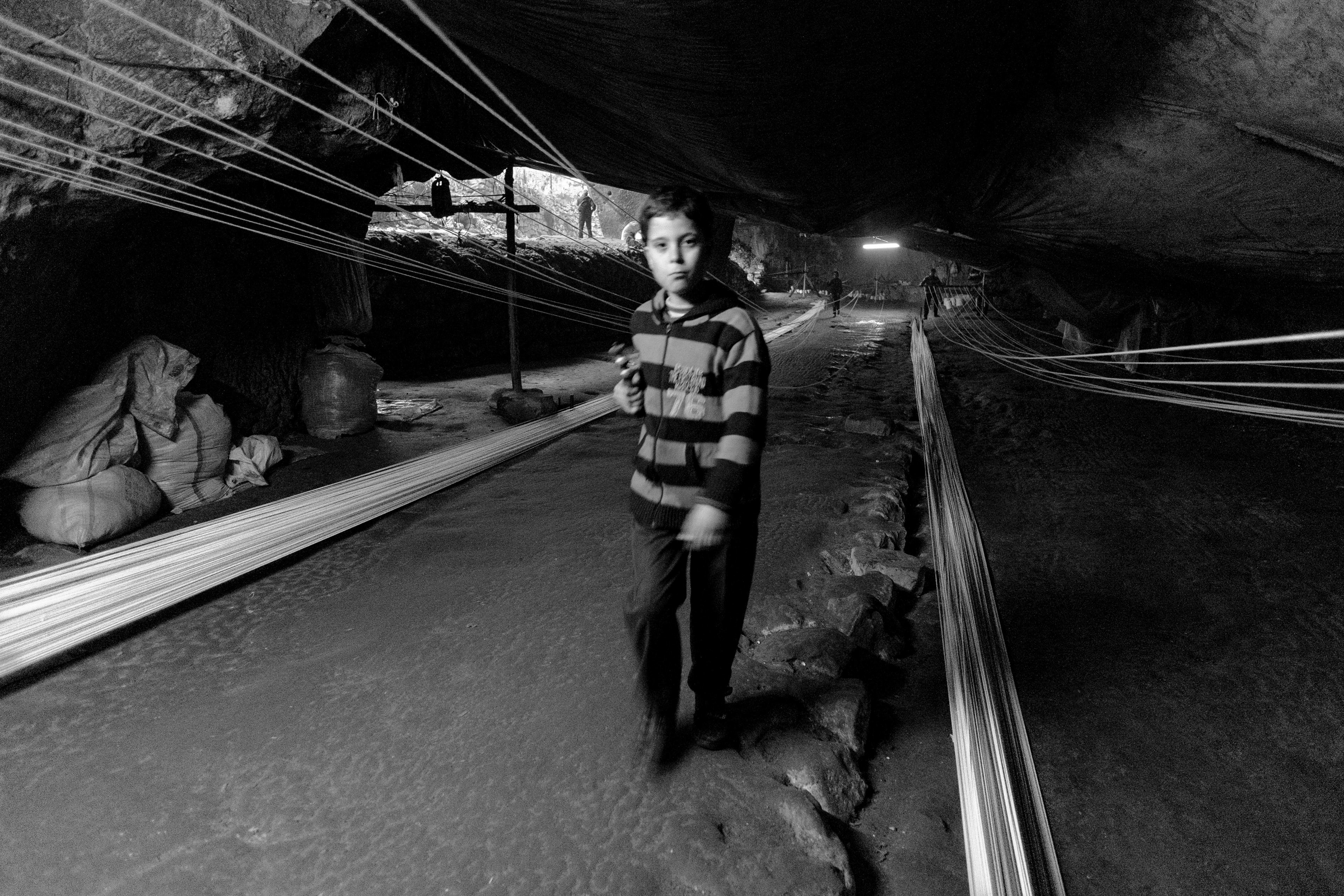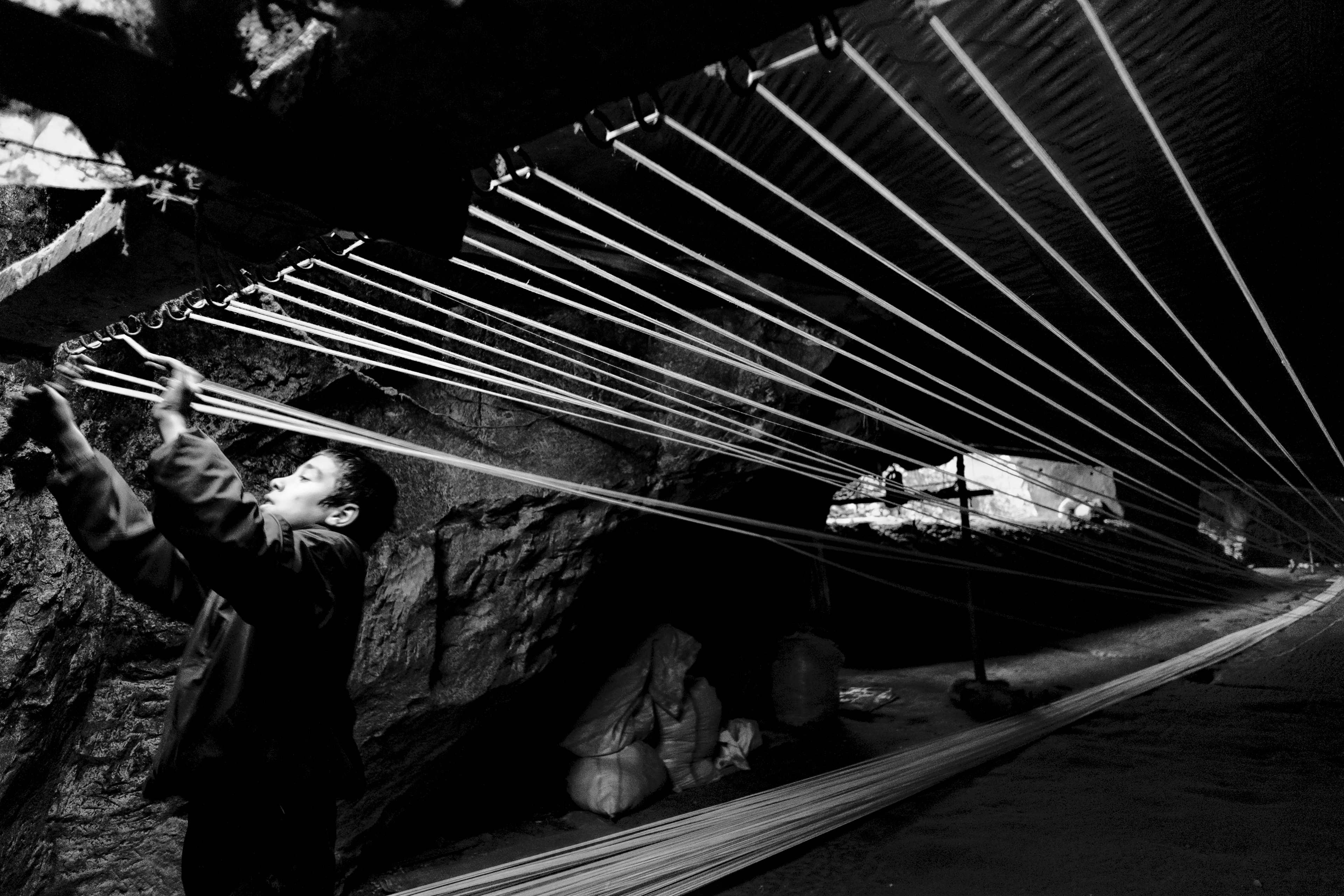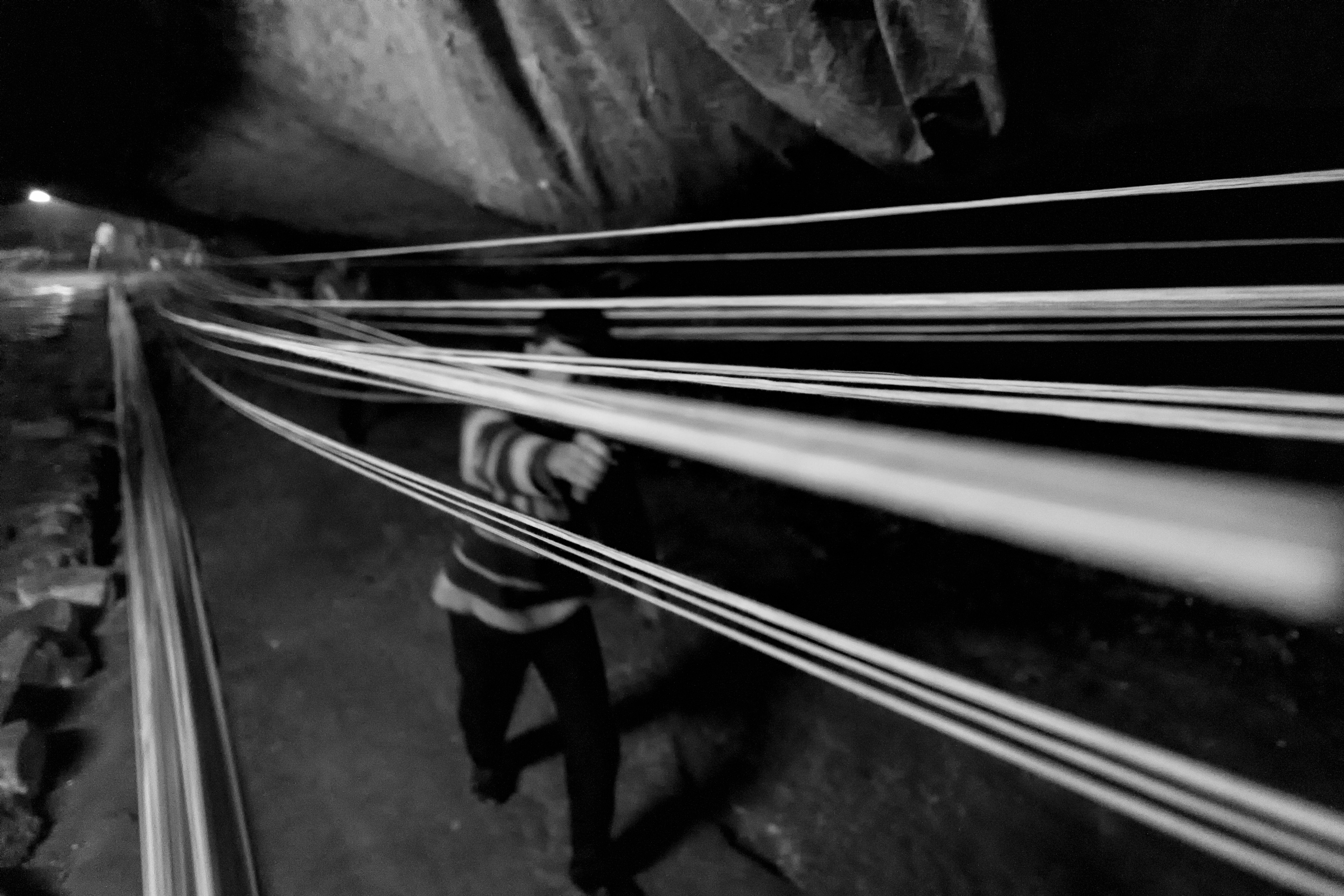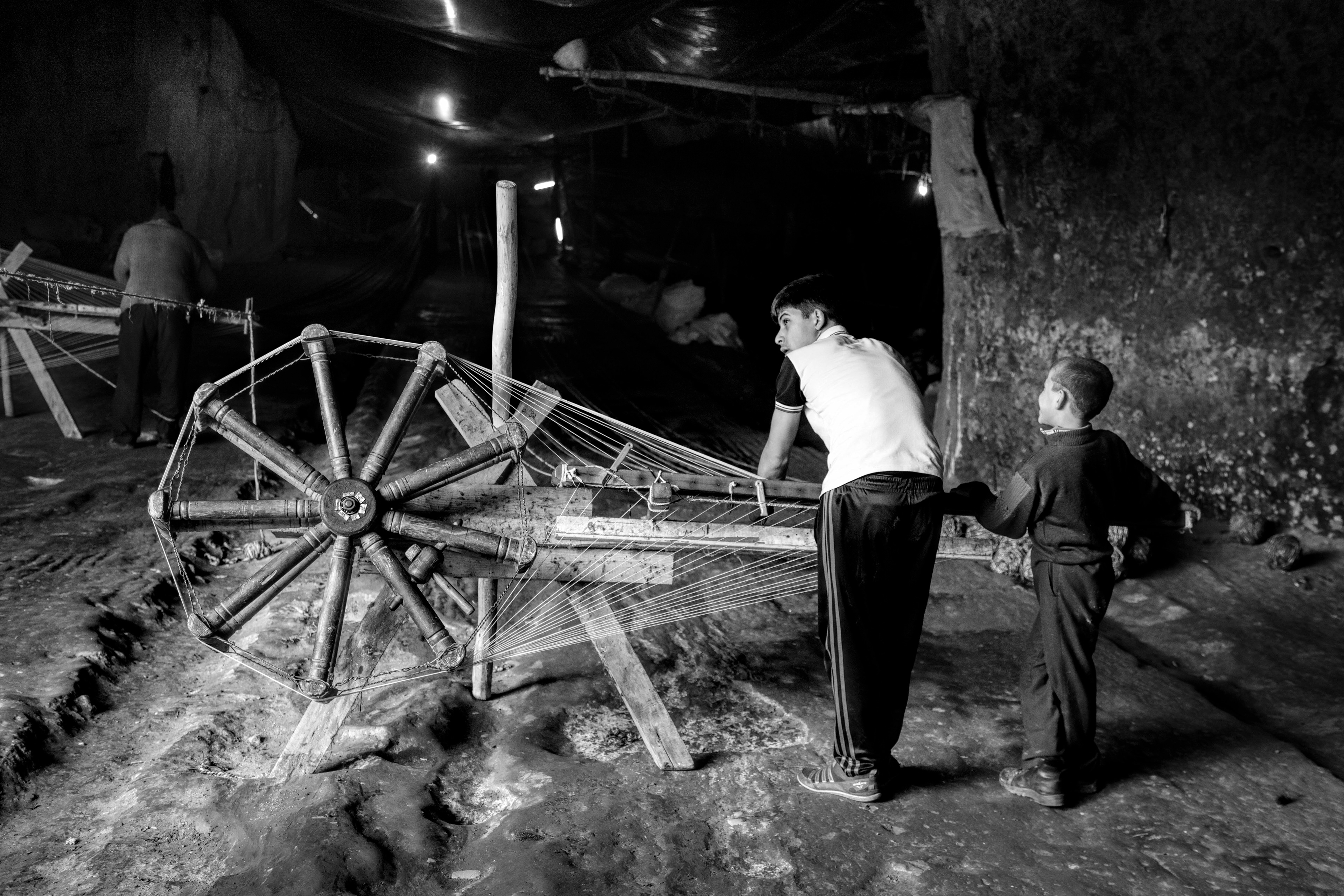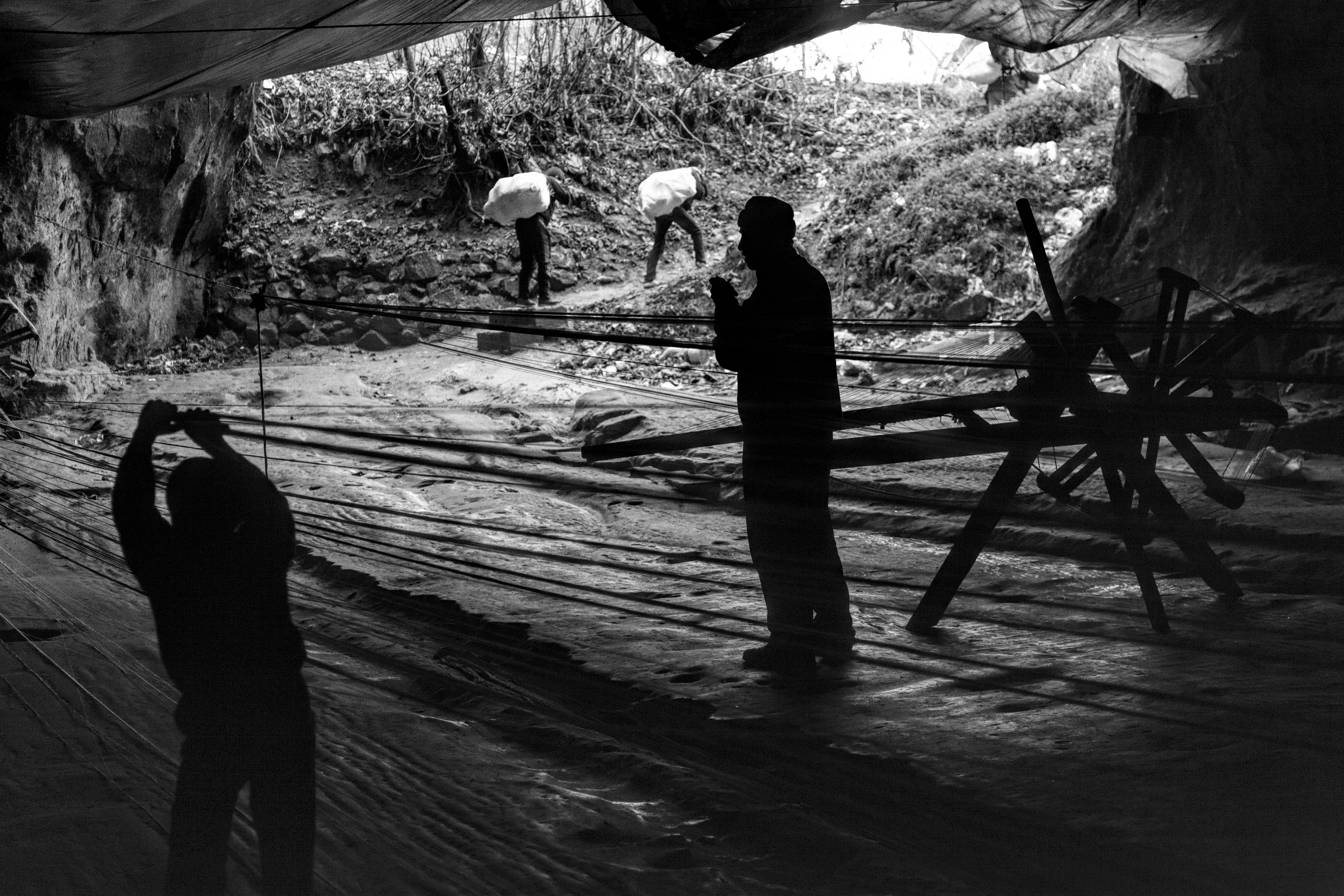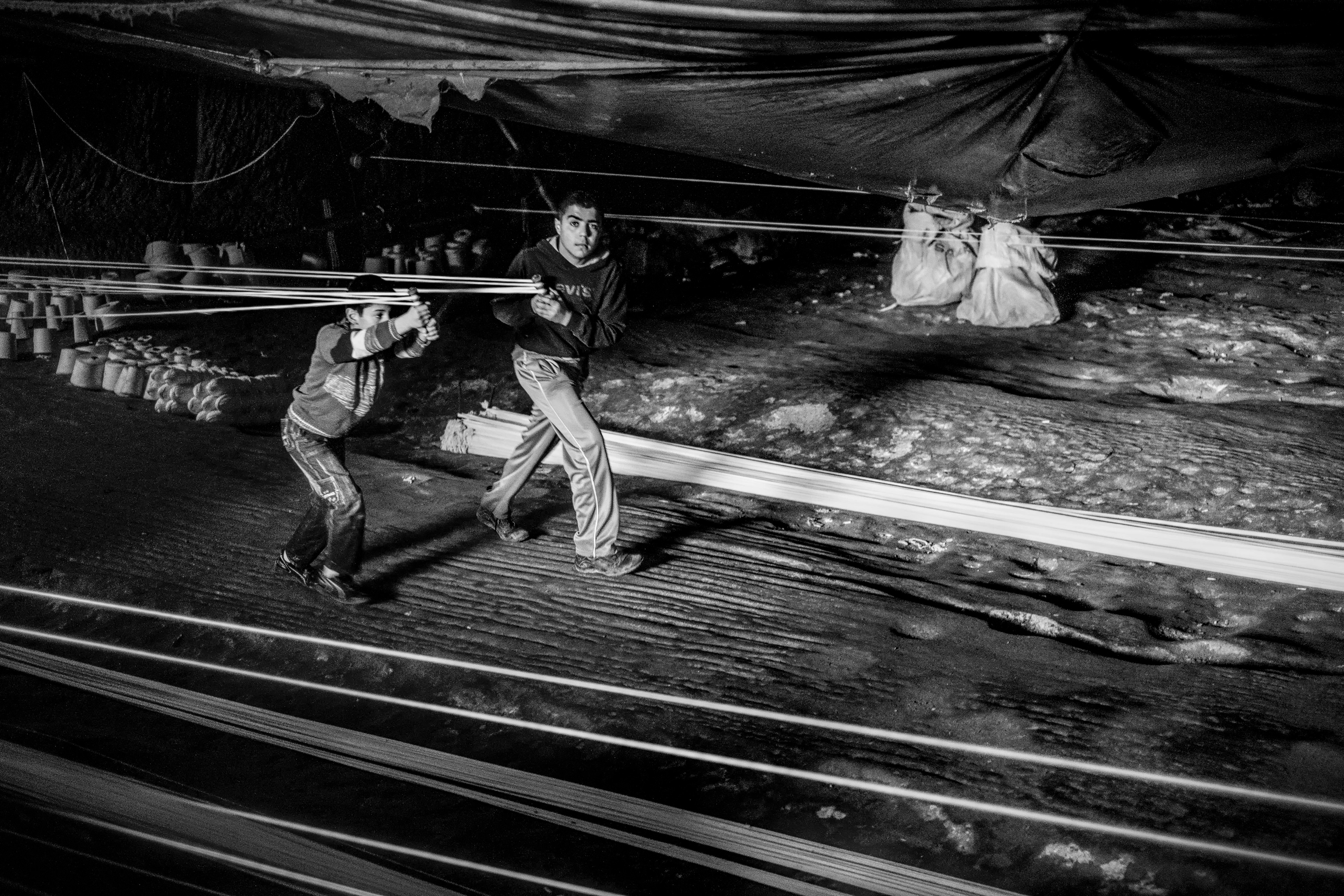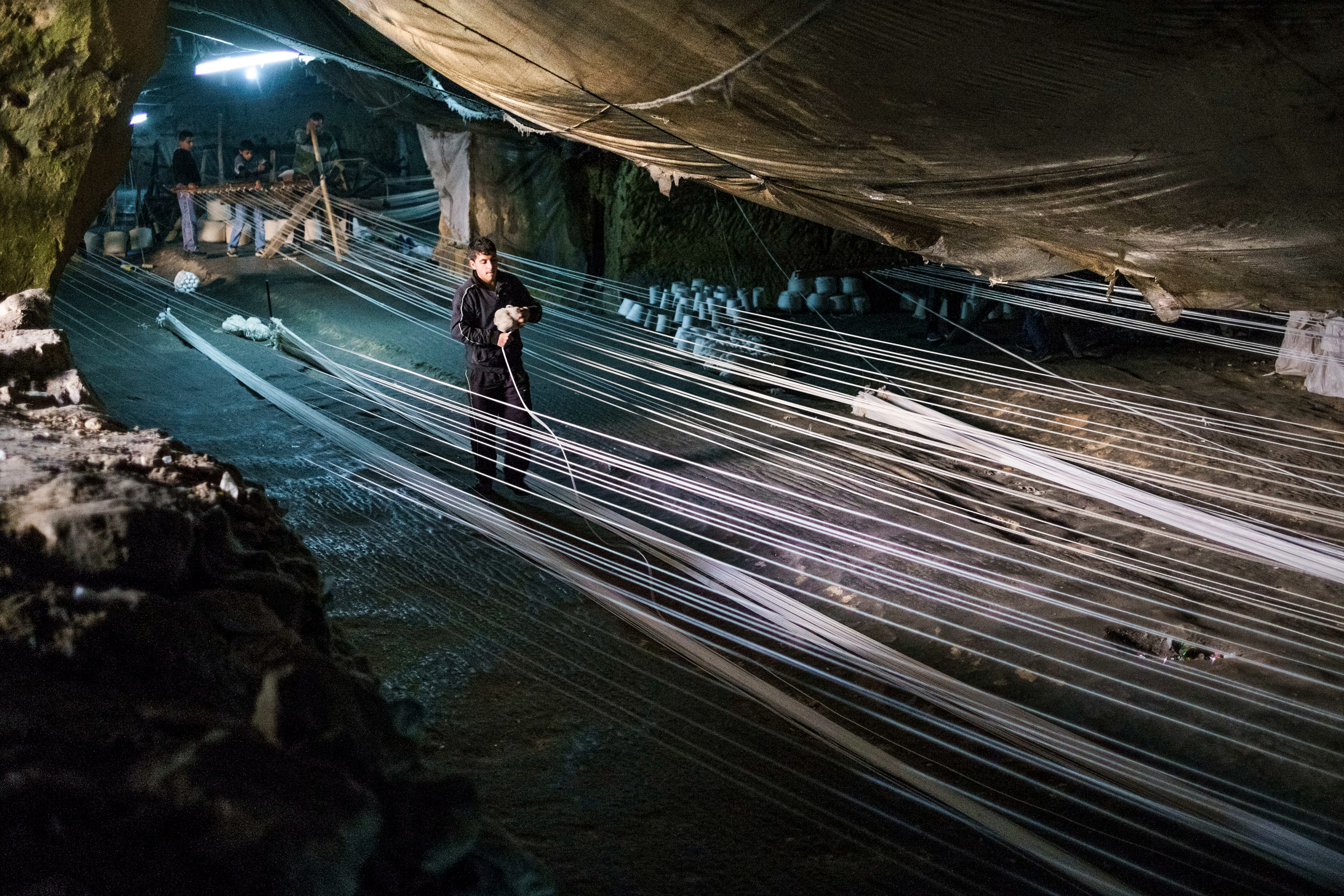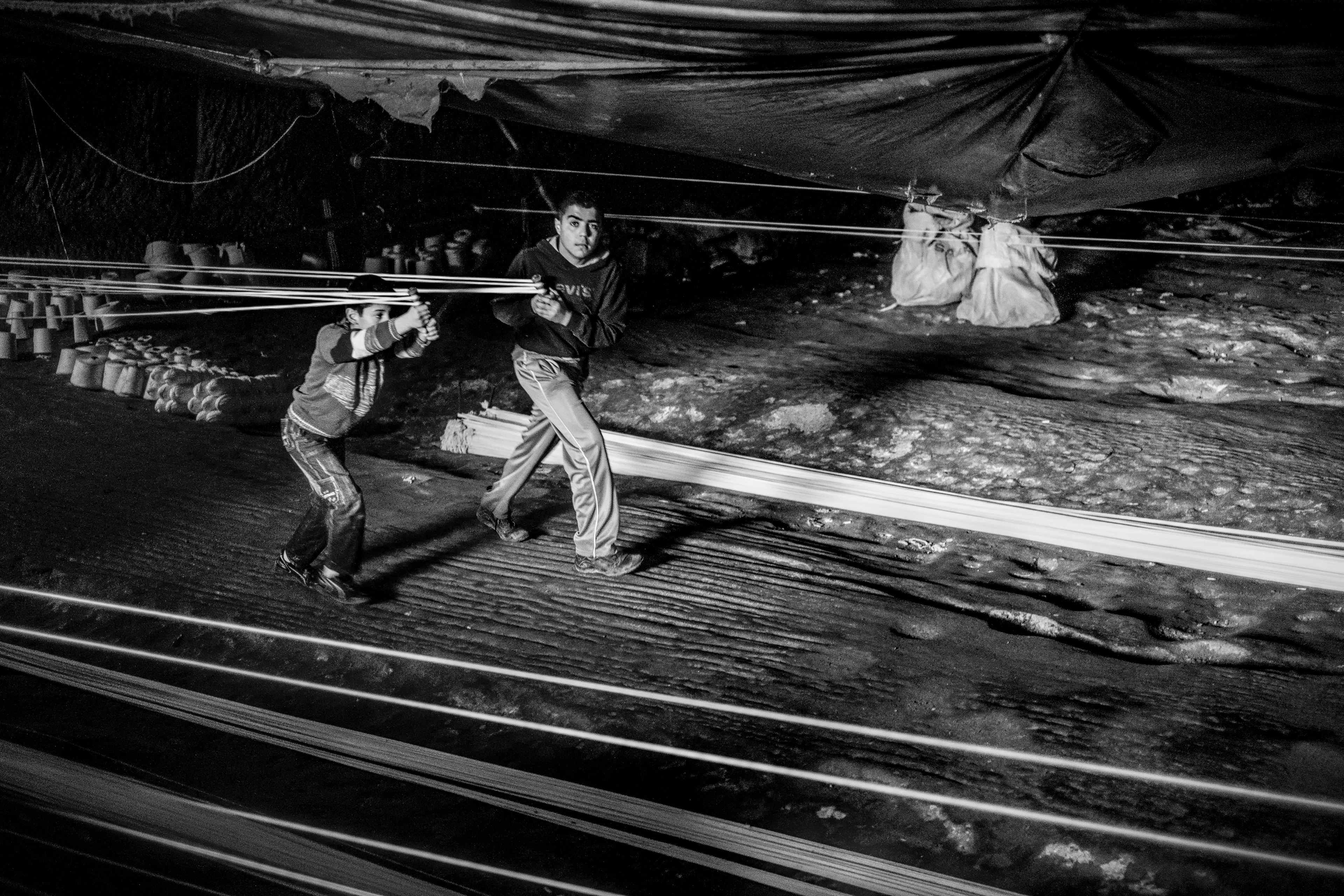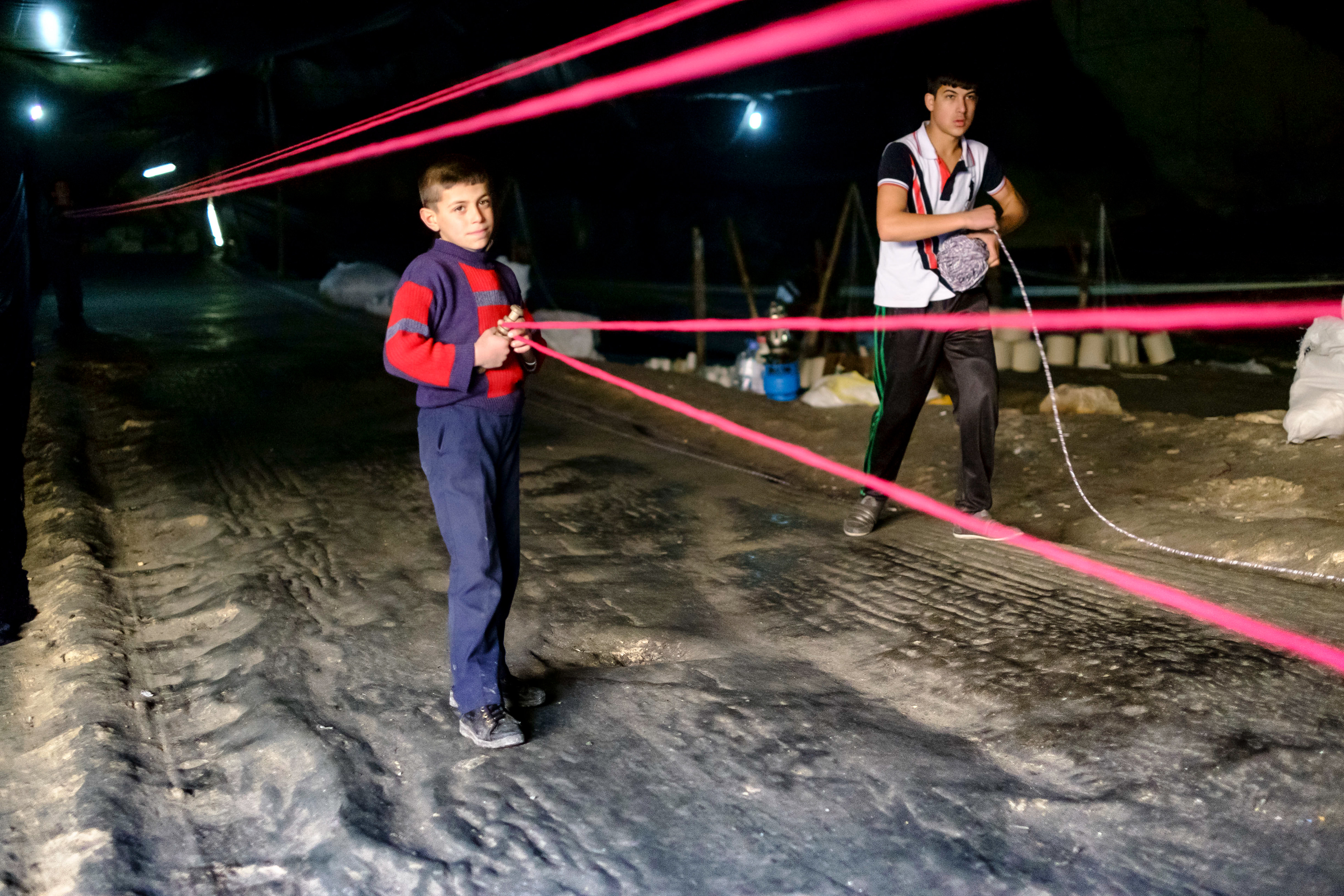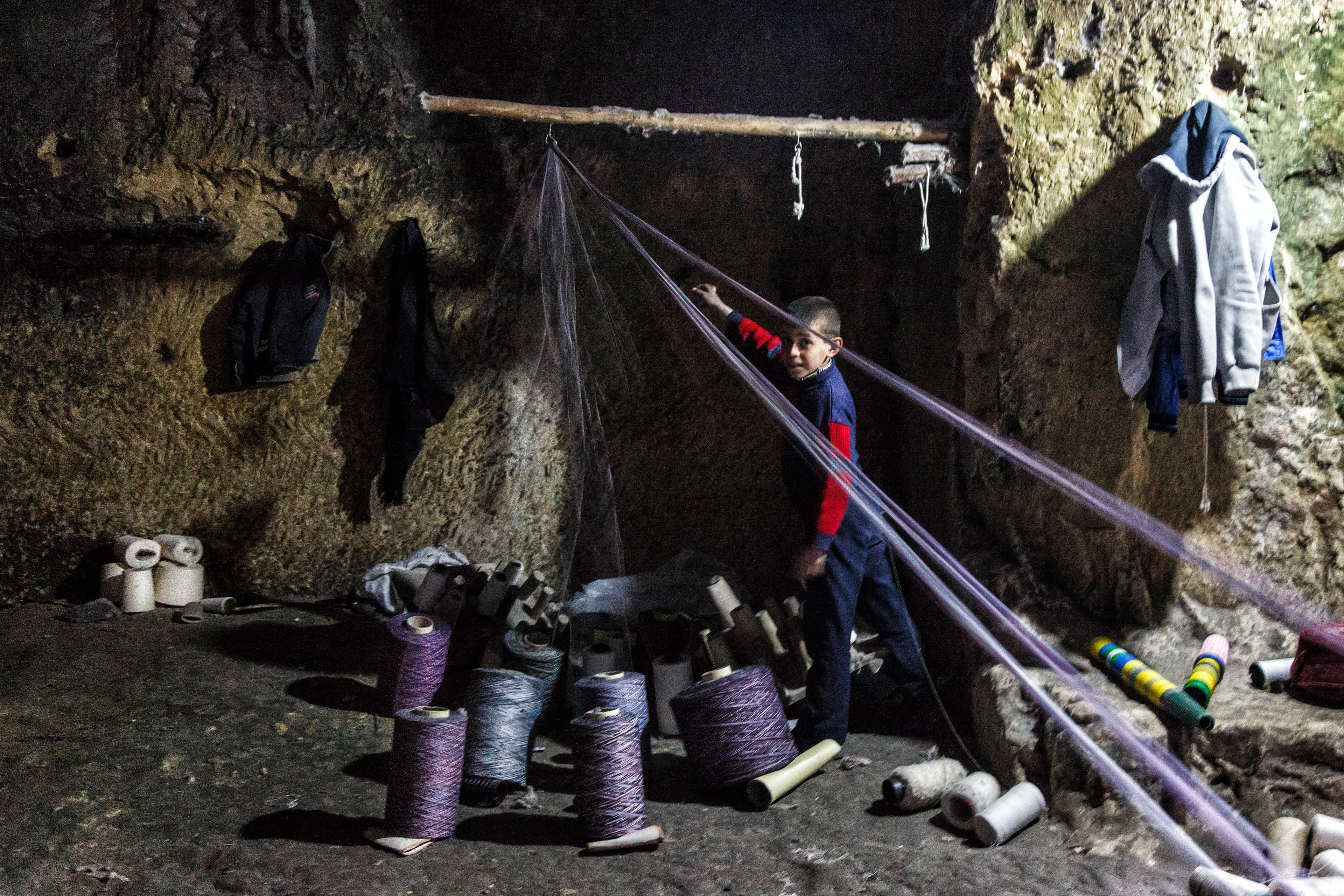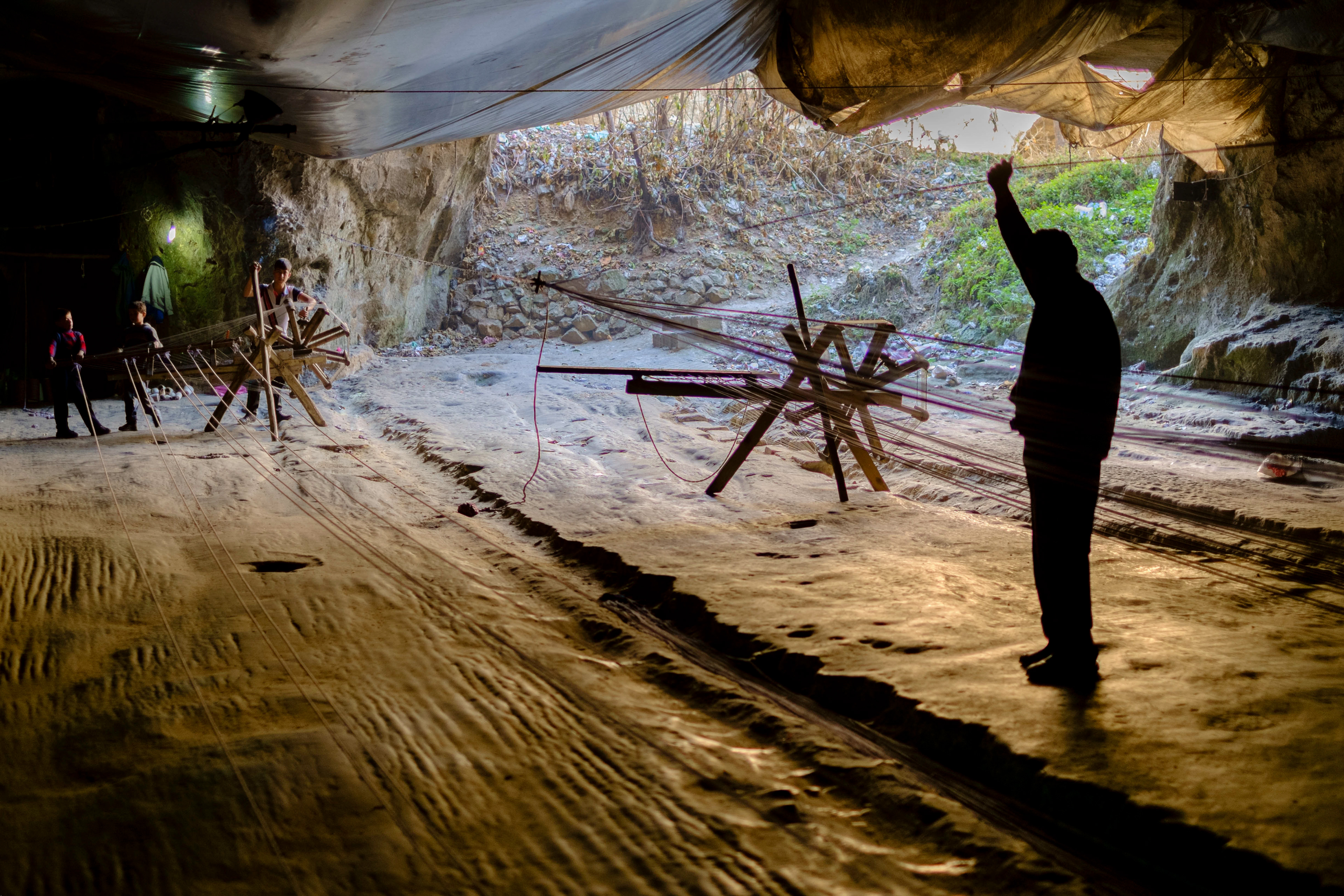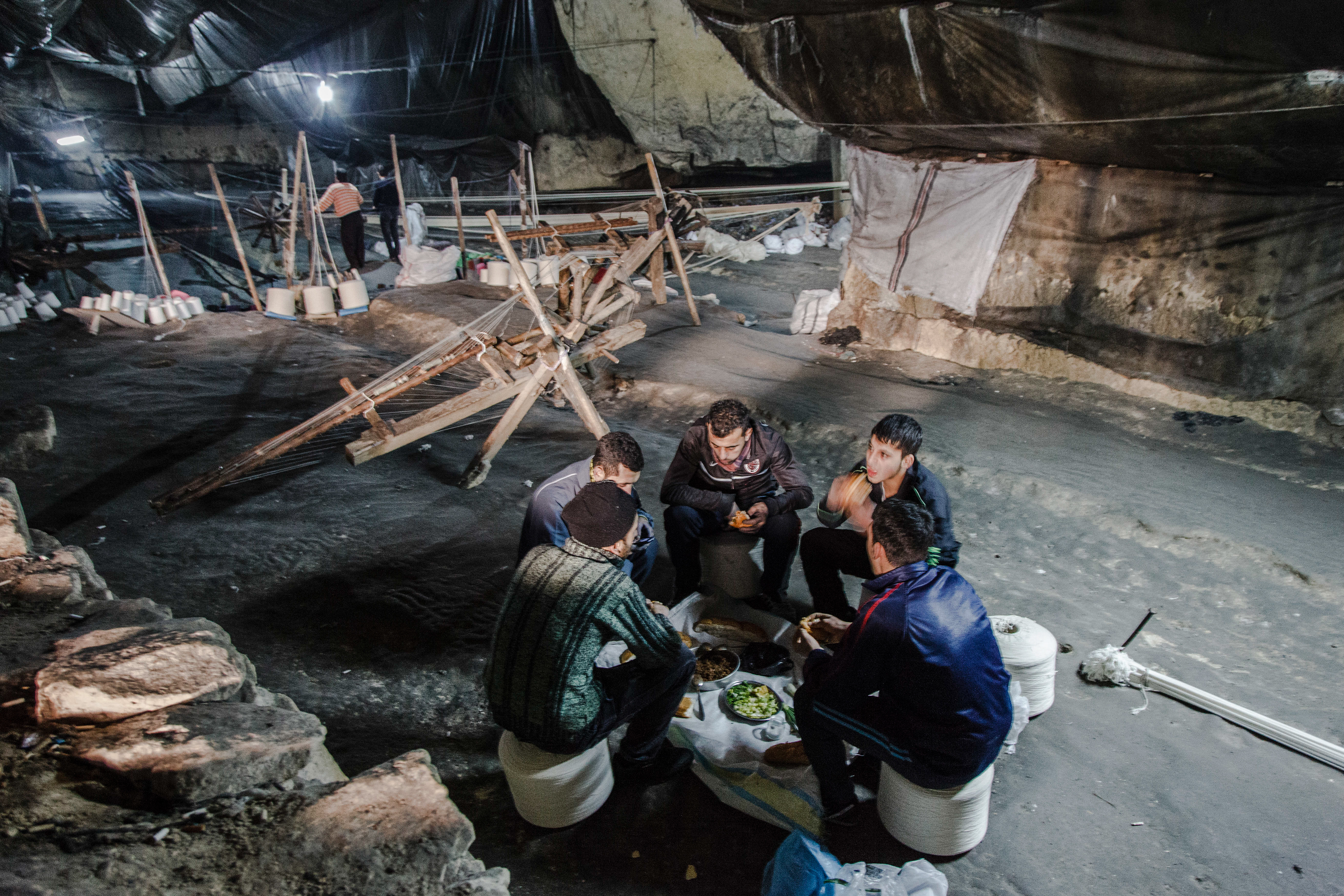INSIDE THE CAVES : HARNESSING THE HEMP
Harnessing hemp rope in Turkey goes back to 200 years old. The ropes produced with this method is used in fisherman nets, hammocks, clothes-line or any kind of work that requires strong ropes.
Harnessing hemp rope in Turkey goes back to 200 years old. The ropes produced with this method is used in fisherman nets, hammocks, clothes-line or any kind of work that requires strong ropes.

Harnessing ropes is among the most ancient and useful technologies ever developed by mankind. Today, in Gaziantep - the south-east city of Turkey, there are still a few families left who are still harnessing the hemp rope in traditional ways whom they learned the technique from the elders in their families. In rope making, four basic steps are identified: preparing the fibre, spinning the fibres together to form yarns, twisting the yarns in bunches to form strands, and winding the strands in rope .
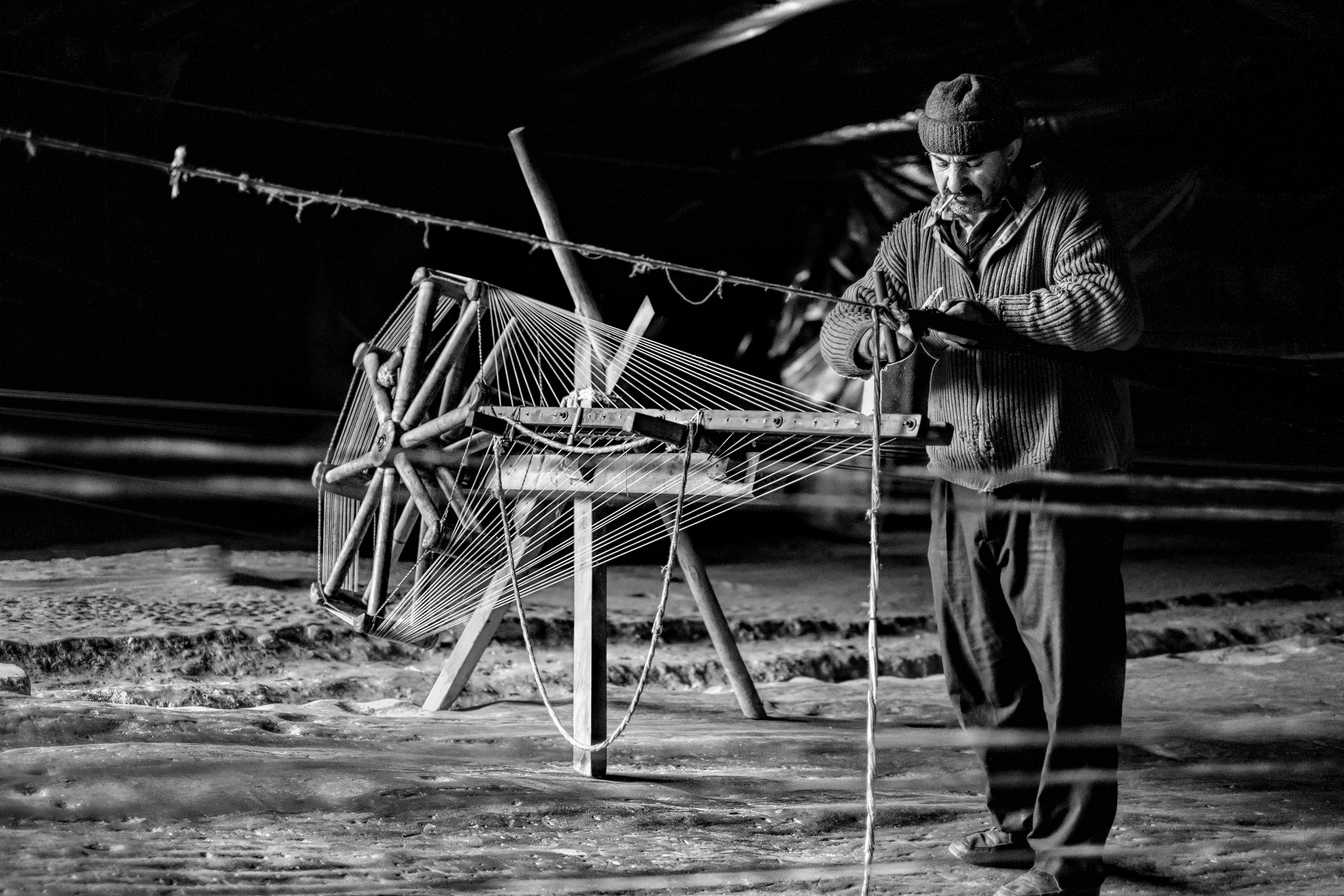
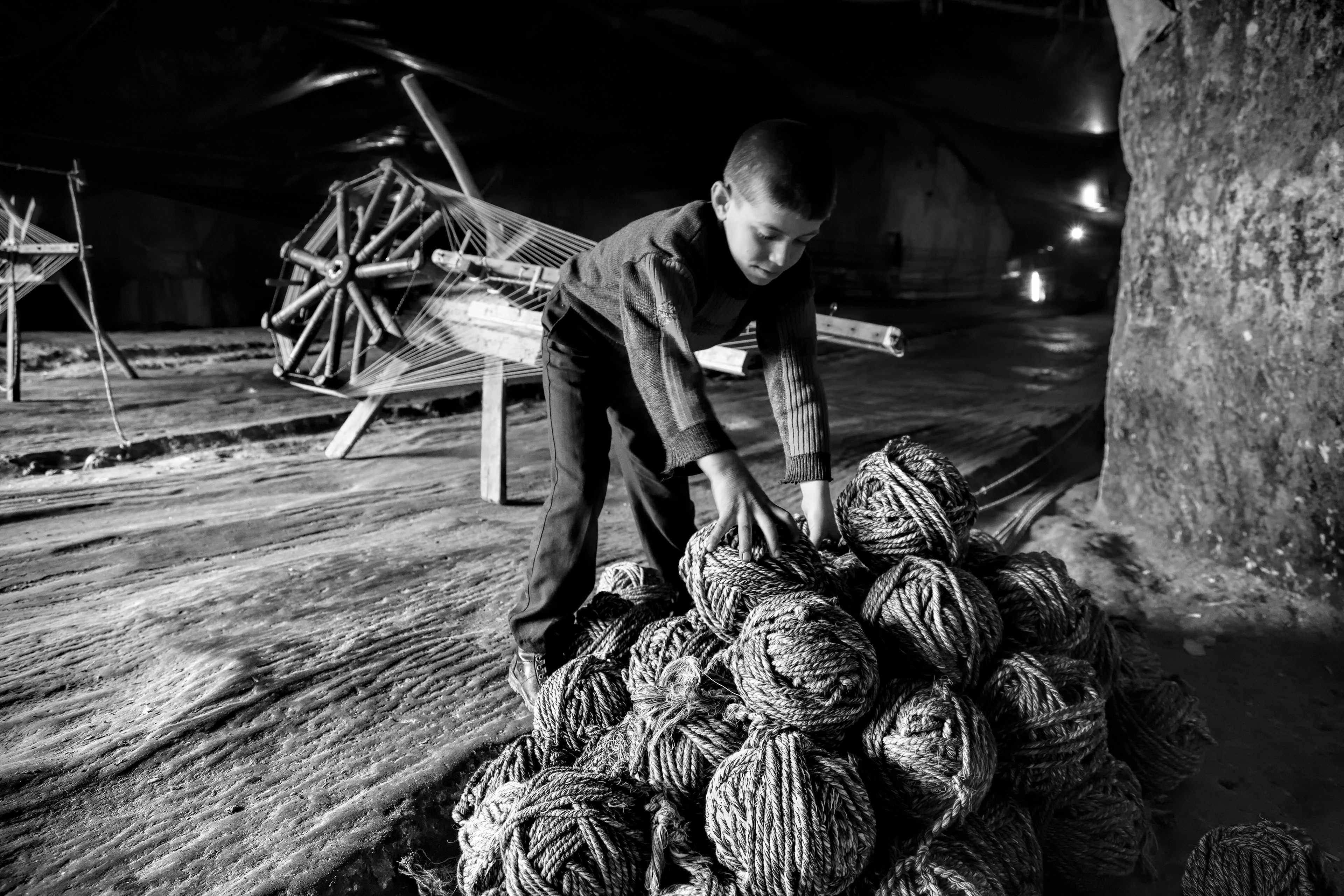

The locals of Gaziantep, including the children between 7-13 years old, are working in damp caves which are still inside the city. The reason they prefer to work in caves is because humidity helps the fibres to be harnessed more easily and moist helps fibres to stay stable and strong. While harnessing the rope they have to walk between two stations (wheels), made of wood and run manually by man-power. At the end of the working day the total distance they walk may reach up to 50 km or even more.
